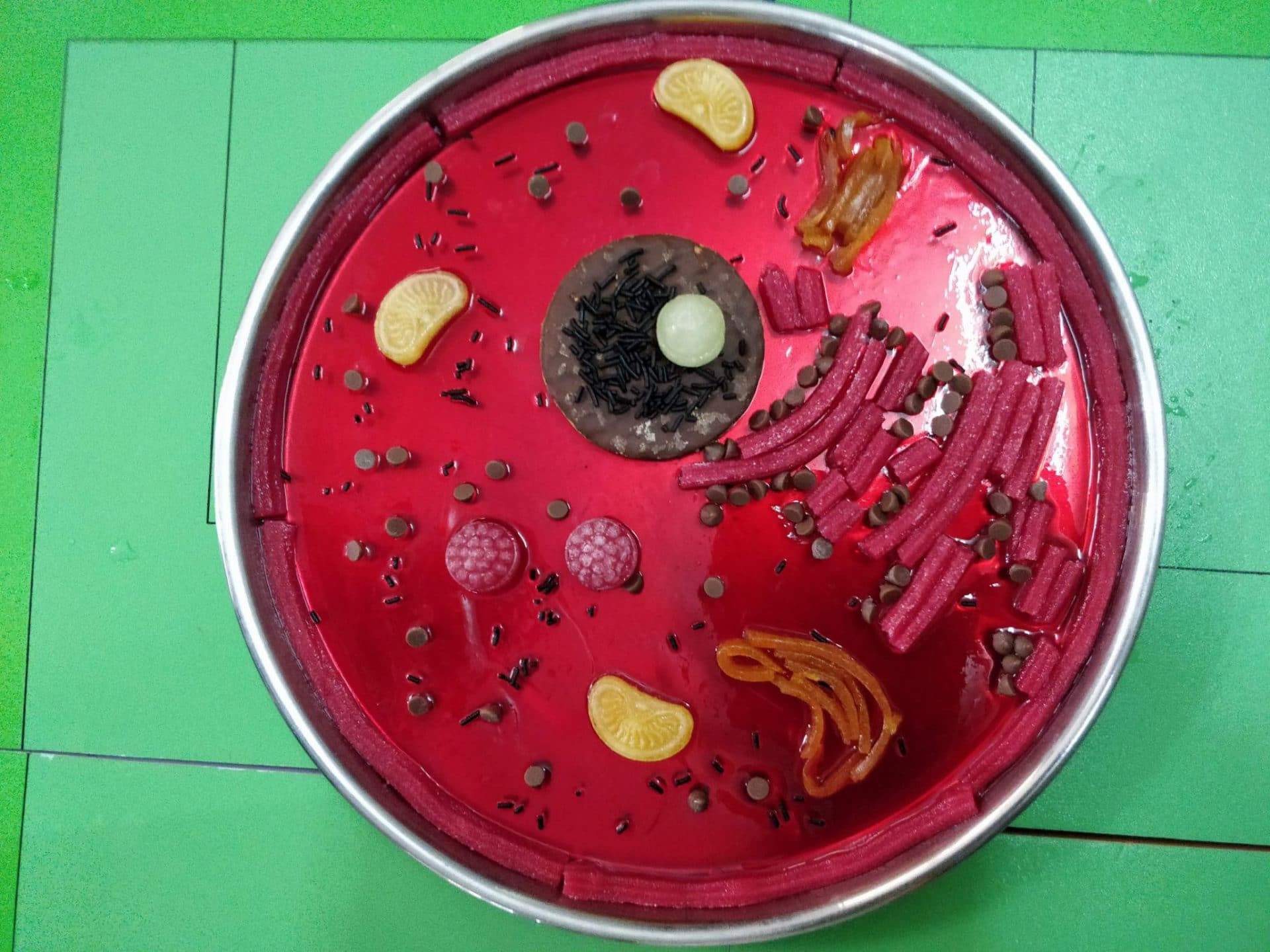“I don’t read, I proofread” – this is a boon and bane I live with every day. Little details pop out to me and I feel compelled to correct or change them – not always a pleasant experience, in fact, quite the contrary. Everyone around me – family, friends, colleagues – have experienced my ‘stern grammarian’ onslaught at least once, some more than others. Not just in grammar and language, this obsession with detail carries over into other aspects of my life as well – the right way to arrange dishes in the kitchen, the right way to fold and stack clothes, the right way to stack shoes in the shoe rack, the list goes on and on.
This attention and obsession with detail serves me rather well in some situations – editing, reviewing, quality check and the like, but is certainly a kill-joy and a source of anxiety in most everyday life situations. Given the fact that this is an integral part of my personality, I manage to sail through the downs while triumphing over the ups.
As a scientist, teacher and science communicator, the manner in which activity instructions are written in school science text books and activity books has been my pet peeve for over a decade now. Many activities are written in a simplistic manner, yet hard to execute with the desired result. In addition, mis-guiding pictures are used, which makes matters even worse.
Case in point:
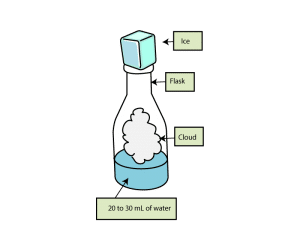
This experiment – ‘making a cloud in a bottle’ – is a common one explained in school text books/activity books. Yet I have hardly found a teacher who has conducted this experiment successfully in class. The picture is a good example of how things get mis-represented. The experimental set up looks nothing like what is shown, the cloud’s shape and position are woefully inaccurate and mis-leading. The most crucial aspects of this experiment – the need of hot water and source of seed particles for cloud formation, are usually missing from the instructions as well as the graphical representation. As a result, eager children are disappointed when they don’t see the white cotton like appearance of clouds inside the bottle and the teacher is at a loss to understand why this didn’t work as depicted even when she followed all the instructions to the letter.
These are exactly the kind of experiences that have led our team at NumberNagar® to devise the 5C™ methodology of learning. In the above case in point, if there was Clarity in Communication of the instructions, the Curiosity of children and the teacher would not be dampened. A successful experiment would have achieved Connectivity to a real-life scenario.
My training as a chemist (in some chemical reactions even a slight change in order of addition of reactants can have catastrophic consequences) and my natural obsession with details makes it difficult for me to write activity instructions. I usually find that I state the obvious too much, write in painful detail and declare doom even at a slightest suggestion of changes.
Over the past decade and a half of designing, conducting and writing manuals for science activities, it has been a challenge finding the sweet spot between writing conceptually accurate instructions and maintaining aspects of fun, discovery and curiosity. I myself find excessive spoon-feeding very repulsive and believe that there should be a healthy amount of elbow-room for the teacher to exercise her creativity in implementation of the activity, while maintaining the accuracy and integrity of the concept. Execution of this belief however, is a different matter altogether.
There are however, moments of pure joy when this belief gets executed flawlessly and lights up the spirits of everyone involved. Recently, I wrote instructions for an activity describing the steps to create a model of an animal cell. The instructions seemed simple enough and it depended on the person conducting the activity to create a closeness of the model to a cell as much as possible. The last time I was personally involved in this activity was more than five years ago and did not have any relevant pictures to share. I wrote the instructions as clearly as I could and trusted that the facilitator I am training will make the best use of it to ensure an engaging and enjoyable learning session with her student. She did it and how! She used her creativity beyond what I could have imagined and guided her student through a session that was immensely enjoyable and satisfying. Both the facilitator and the student thoroughly enjoyed the experience and learned basic Biology in the process. I also heard that the student happily devoured the delicious looking cell (made entirely of food items) minutes after the session concluded.
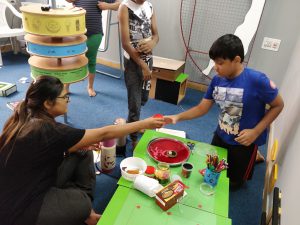
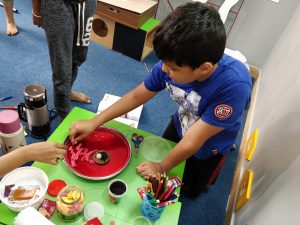
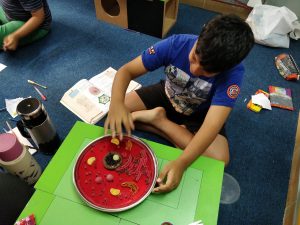
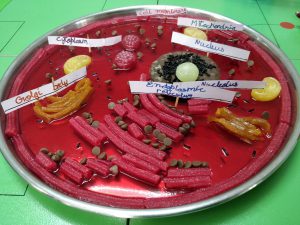
This was a perfect case for the 5C™ methodology in action – not only in creating the content but also in the implementation of it. Moments like these convince me more and more that a healthy dose of guided instructions and room for creativity will allow teachers to use unconventional methods in their teaching practice and allow students to tread on the joyous path of self-discovery.
Dr. Soumya Sreehari
Latest posts by Dr. Soumya Sreehari (see all)
- To drink water or not to drink – that is the question - 11 June 2021
- Puzzles for fun and learning - 28 May 2021
- A questioning mind is a thinking mind - 14 May 2021
- Play and learn having fun with words - 7 May 2021
- 4 lessons to learn from the Montessori method - 30 April 2021

